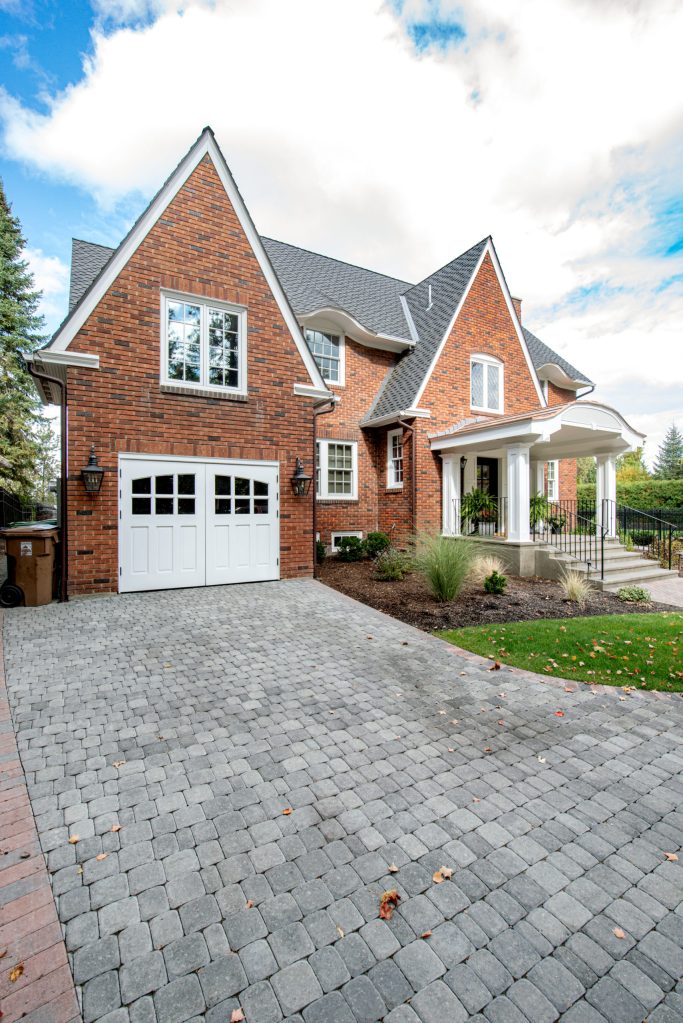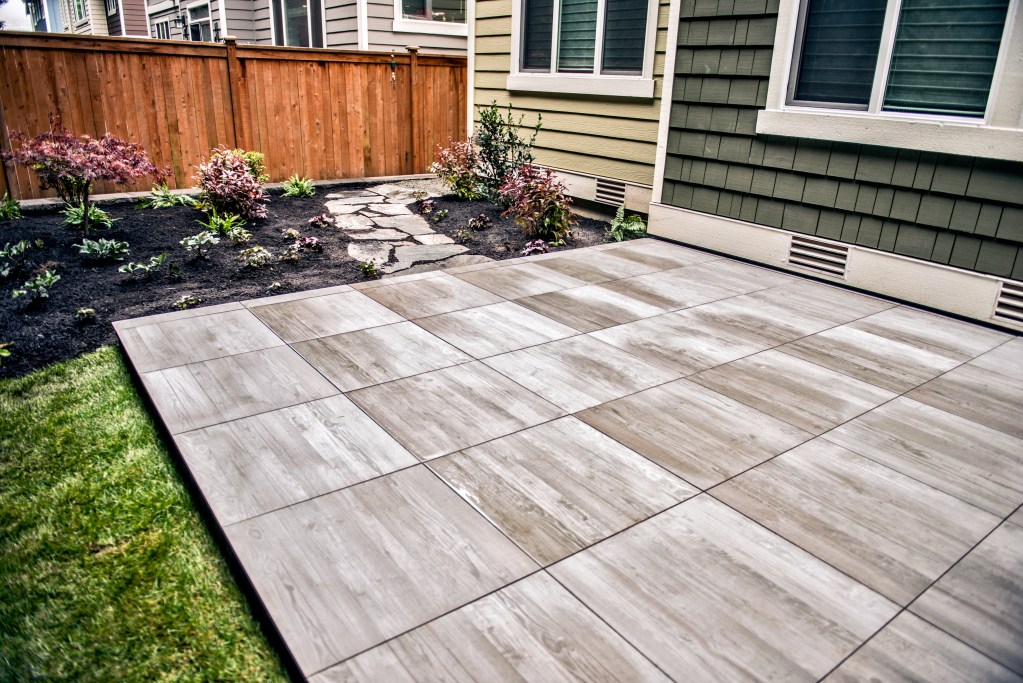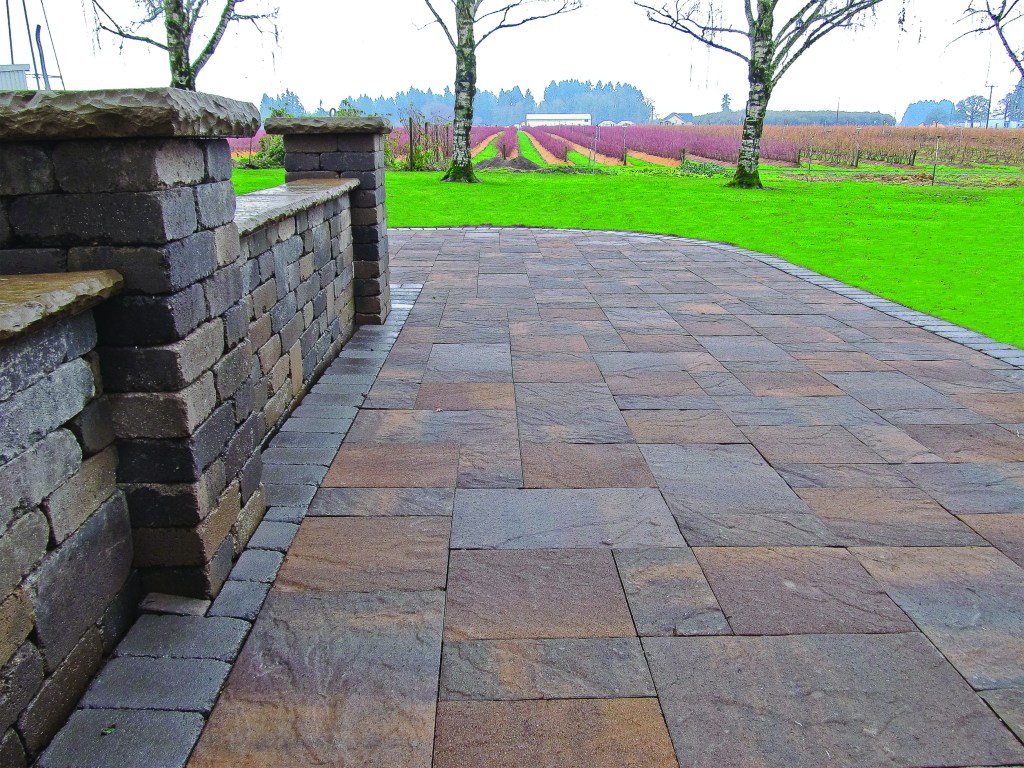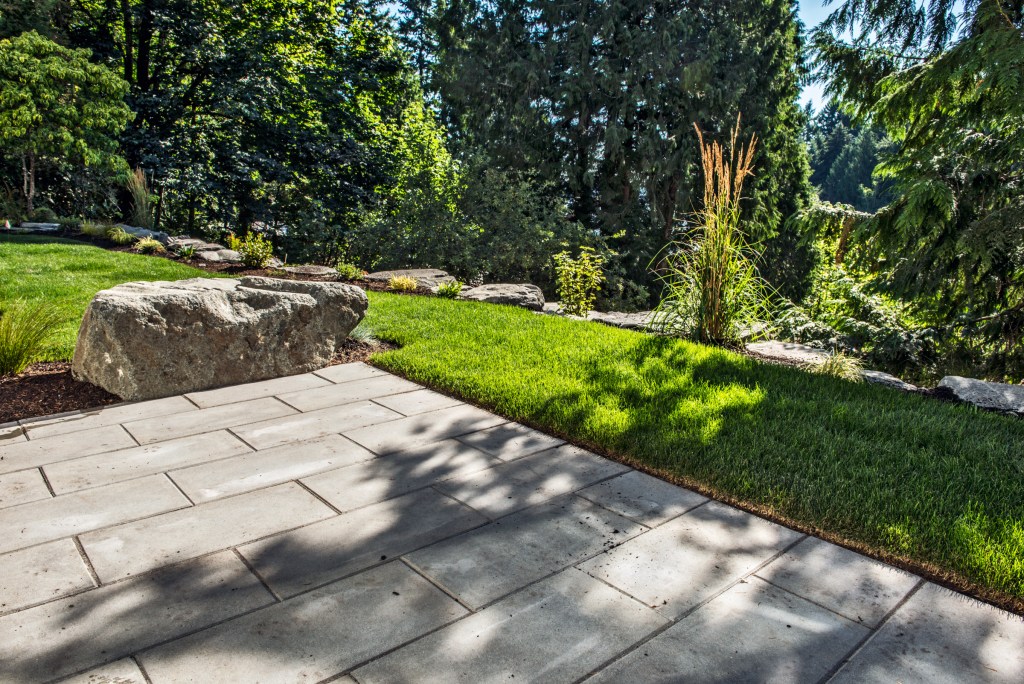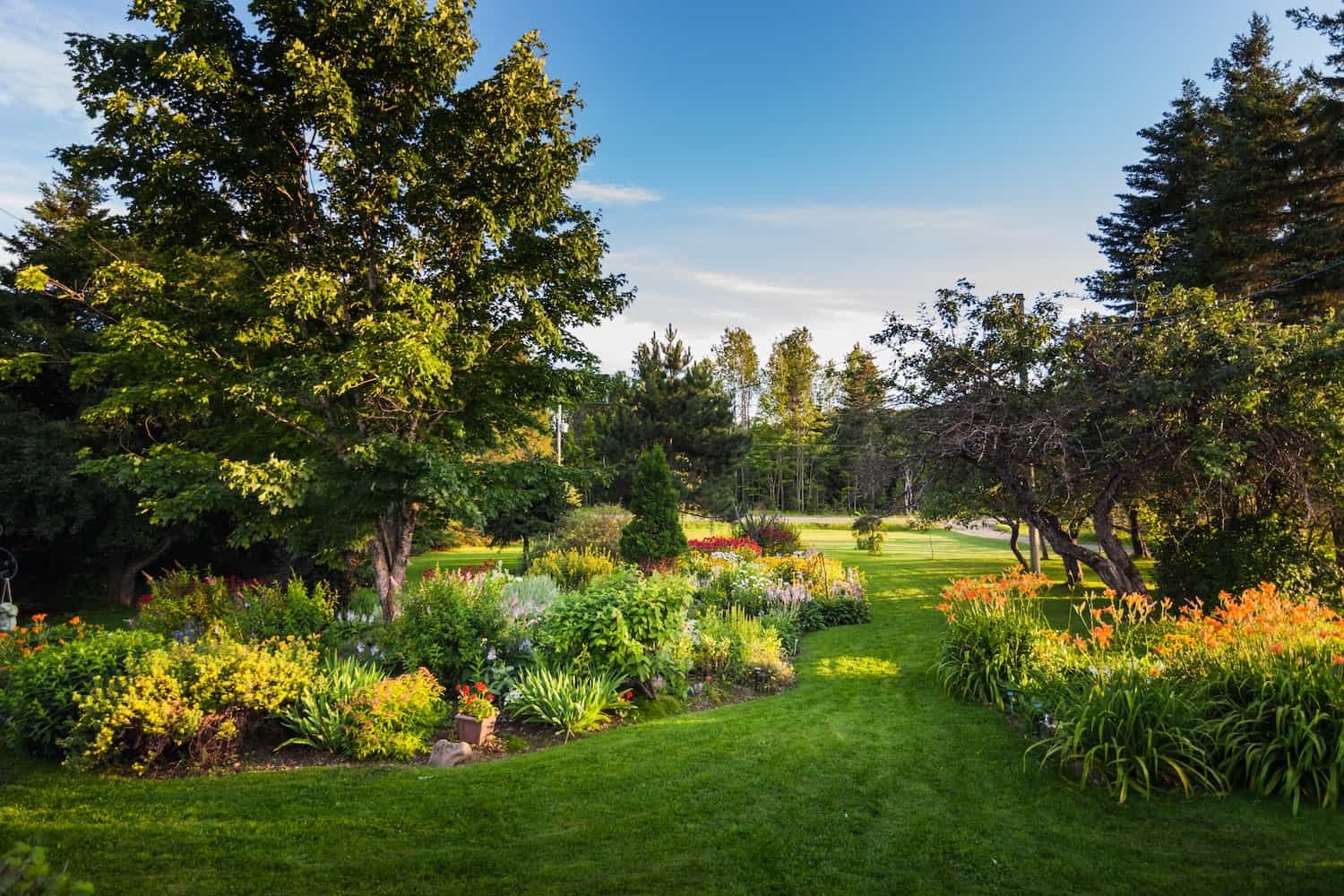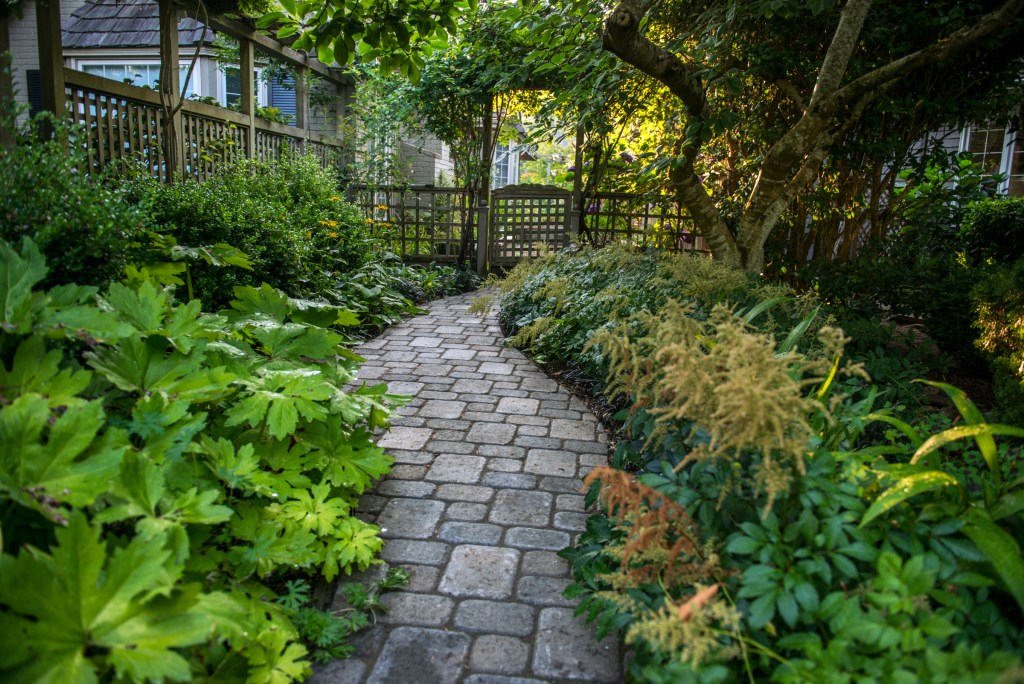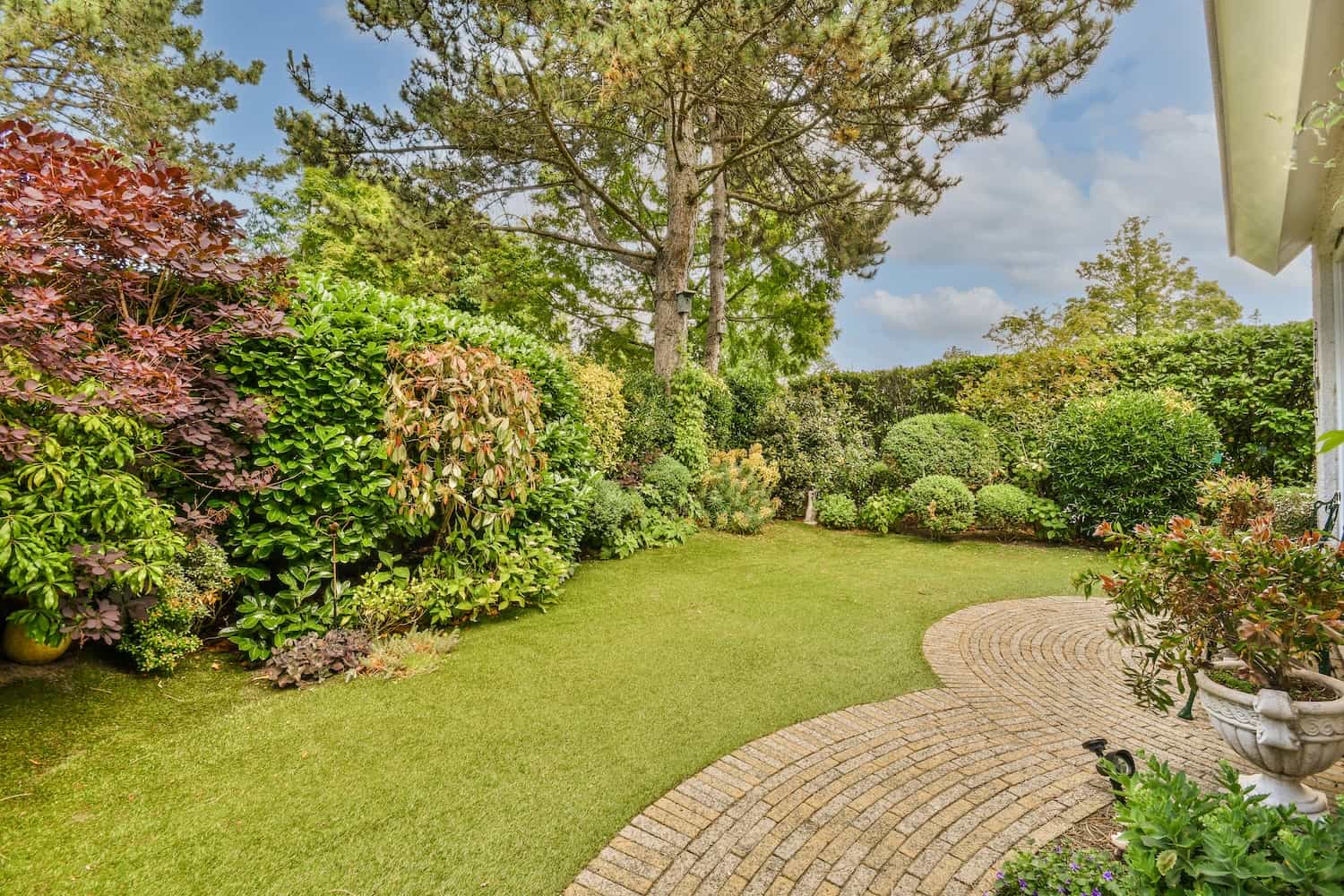Designing for Different Climates and Weather Extremes
Understanding Your Climate:
The climate zone in which you live—whether hot, cold, dry, or humid—greatly influences your landscaping decisions. This impacts plant selection, maintenance strategies, and overall design choices for your garden or yard.
Example:
- Hot Climates: In areas with intense heat, xeriscaping is an excellent strategy. It minimizes the need for irrigation by using drought-resistant plants like succulents, cacti, and native grasses.
- Cold Climates: For colder regions, choose perennials and shrubs that can withstand freezing temperatures, such as conifers or hardy deciduous plants. These are well-suited to survive harsh winters and return in the spring.
Adapting to Weather Extremes:
Designing for extreme weather conditions, such as heavy rainfall, severe drought, or strong winds, is crucial in ensuring your landscape thrives despite fluctuating environmental challenges.
Tips:
- Use Native Plants: Native plants are naturally adapted to local conditions, making them more resilient to extreme weather while reducing the need for excessive watering or fertilizing.
- Create Contour Beds: For areas prone to flooding or heavy rainfall, contour beds or swales can help manage water runoff and prevent soil erosion.
- Water Management: In areas facing severe drought, consider rainwater harvesting or using water-efficient irrigation systems to minimize water usage.
Protecting Landscapes from Wind, Frost, and Drought
Wind Protection:
Strong winds can damage plants, especially delicate varieties. By incorporating wind protection strategies, you can shield your garden from wind stress.
Strategies:
- Plant Windbreaks: Establish windbreaks with rows of trees or tall shrubs to act as barriers against strong winds.
- Placement: Position windbreaks along the side of your garden that faces the prevailing winds. This helps minimize the wind’s impact on your plants, especially in more exposed areas.
Frost Protection:
Frost can harm tender plants, especially during unexpected cold snaps in spring or fall.
Frost Dates:
Knowing the average first and last frost dates in your area helps you plan planting times and protect sensitive plants. For example, planting tender flowers only after the last frost date in spring ensures they won’t be damaged.
Methods:
- Use row covers, burlap wraps, or frost blankets to shield plants during cold nights. These coverings trap heat and protect plants from freezing temperatures, particularly for sensitive annuals or young plants.
Drought Management:
Water scarcity is a growing concern, but careful design and plant selection can help conserve water and maintain a healthy garden during dry periods.
Watering Techniques:
Implement drip irrigation systems to deliver water directly to plant roots, minimizing evaporation and runoff. Drip irrigation also ensures that water goes exactly where it’s needed, reducing waste.
Plant Selection:
Choose drought-tolerant plants, such as lavender, agave, or succulents, that are naturally adapted to dry conditions and can withstand periods of little rainfall.
Seasonal Garden Care and Plant Protection
Seasonal Tasks:
Each season requires different care to ensure your garden remains vibrant and healthy year-round. Seasonal adjustments are key to addressing changing weather conditions and plant needs.
Spring:
- Fertilize plants to encourage growth.
- Prune dead branches and prepare beds for new plantings.
- Plant seeds or seedlings after the last frost.
Summer:
- Water plants regularly, especially during hot spells.
- Apply mulch to help retain moisture in the soil.
- Inspect plants for pests and diseases, and treat as needed.
Fall:
- Mulch around plants to insulate roots during the winter months.
- Trim back perennials and remove dead foliage to prepare for colder weather.
- Consider planting fall-blooming flowers or vegetables for an extended harvest season.
Winter:
- Protect plants from frost and wind by covering them with frost blankets or burlap.
- Plan for the upcoming planting season by reviewing the garden’s performance and making adjustments as necessary.
Plant Protection:
Pest and Disease Management:
Regularly inspect your garden for pests, diseases, or other signs of plant stress. Early detection allows for more effective and less harmful treatments.
- Organic Treatments: Use eco-friendly, organic pest control methods when possible to minimize harm to beneficial insects and the environment.
Seasonal Adjustments:
Adjust your care routine to accommodate the changing seasons. For example, in colder climates, ensure plants are well-protected against frost, while in warmer climates, focus on watering and drought management.
Summary Notes
- Climate-responsive landscaping is about selecting plants and designs that suit your local climate, ensuring long-term sustainability and minimizing maintenance.
- Protecting landscapes from wind, frost, and drought through strategic design choices (such as windbreaks, frost covers, and water-efficient irrigation) helps ensure plants thrive year-round.
- Seasonal care routines are essential for maintaining a healthy garden and adapting to environmental changes, including pest management and protecting plants from extreme weather.
Considerations:
- Designing for Climate: Opt for drought-tolerant wildflowers like lavender in dry areas to reduce the need for irrigation.
- Wind Protection: Use a row of evergreens as a natural windbreak to shield delicate plants from winter winds.
- Seasonal Care: Apply mulch in late fall to protect plant roots from freezing temperatures during winter.
Key Definitions
- Climate-Responsive Landscaping: Designing a garden that considers local climate factors (such as temperature, rainfall, and wind) to ensure that plants thrive and require minimal care.
- Windbreaks: Rows of trees or tall shrubs planted to protect other plants from wind damage.
- Drought-Tolerant Plants: Plants that can survive with minimal water, often native to dry climates or areas with low rainfall.
Designing with climate in mind ensures that your garden will be resilient, beautiful, and sustainable, even in the face of extreme weather. Adapting your landscaping with windbreaks, frost protection, and water-efficient practices helps protect your plants and reduce maintenance needs. Regular care based on the season ensures that your garden remains healthy and thriving year-round.
Lee’s Landscape, Hardscape, Softscape Design Series:
- I. Introduction to Landscape Design
- II. Planning and Assessing Your Space
- III. Defining Your Landscape Goals
- IV. Principles of Landscape Design
- V. Hardscape Design Elements
- VI. Softscape Design Elements
- VII. Water Features and Ponds
- VIII. Outdoor Lighting
- IX. Designing for Outdoor Living
- X. Sustainable and Eco-Friendly Landscaping
- XI. Garden Structures and Accessories
- XII. Climate-Responsive Landscaping
- XIII. Irrigation and Drainage Solutions
- XIV. Landscape Maintenance and Care
- XV. DIY vs. Hiring a Professional





